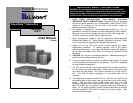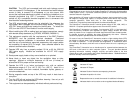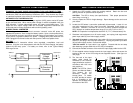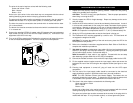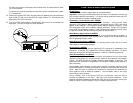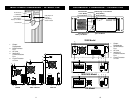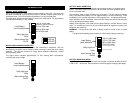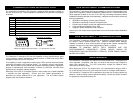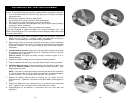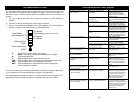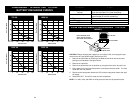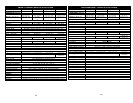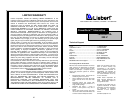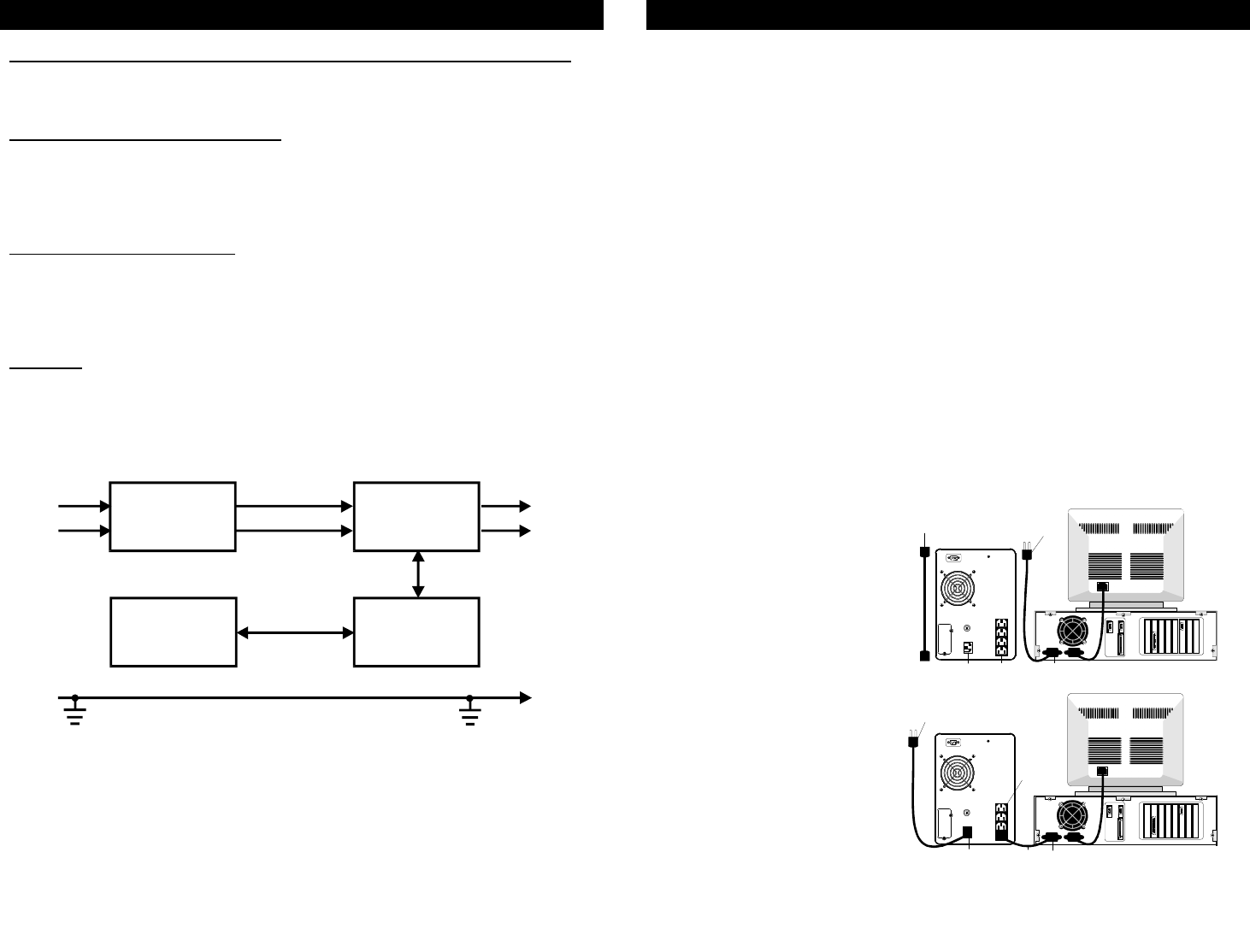
MAJOR COMPONENTS
TRANSIENT VOLTAGE SURGE SUPPRESSION (TVSS) AND EMI/RFI FILTERS
These UPS components provide surge protection and filter electromagnetic
interference (EMI) and radio frequency interference (RFI). They minimize any surges
or interference present in the mains line and keep the sensitive equipment protected.
AUTOMATIC VOLTAGE REGULATOR
In normal operation, the automatic voltage regulator (AVR) passes mains AC power
to the connected load. When mains power voltage is outside acceptable limits, the
AVR activates. It raises undervoltage power and lowers overvoltage power. This
keeps the UPS output voltage within the connected equipment’s tolerances and
allows wide mains voltage fluctuations without utilizing battery power.
BI-DIRECTIONAL CONVERTER
In normal operation, the bi-directional converter “converts” mains AC power into
regulated DC power to “float” charge the battery system. Upon a mains power failure,
the bi-directional converter receives its required energy from the battery and “inverts”
it into precise, regulated sinewave AC power. Charging takes place whenever the
UPS is plugged into the wall outlet and mains power is within acceptable limits.
BATTERY
The PowerSure™ Interactive utilizes valve regulated, nonspillable, lead acid
batteries. At typical room temperatures and with the UPS float charging, the battery
system will last many years. For battery run times, refer to the Typical Battery
Discharge Curves.
INPUT
OUTPUT
TVSS
and
EMI/RFI Filters
Automatic
Voltage
Regulator
Bi-Directional
Converter
Battery
L
L
G
G
N
N
MINI-TOWER INSTALLATION
1. Unpack the UPS carefully noting the packing method. Retain the box and
packing material for possible future shipment.
CAUTION: The UPS is heavy (see specifications). Take proper precautions
when lifting or moving it.
2. Visually inspect the UPS for freight damage. Report damage to the carrier and
your dealer.
3. Locate the UPS where it cannot be accidentally disconnected. Locate it in an
area with unrestricted air flow, away from water, flammable liquids, gases, or
corrosives. Maintain a minimum of 100 mm (4 inches) clearance around the
UPS. Maintain an ambient temperature range of 0° to 40° C (32° to 104° F).
NOTE: UPS operation in temperatures above 25° C (77° F) reduces battery life.
4. Shutdown load equipment, turn off mains supply, and unplug load equipment's
power input cable (A) from mains supply socket.
5. 700-1400 VA models: unplug power input cable (A) from load equipment input
socket (D) and plug it into UPS input socket (C). Re-plug the power input cable
(A) into mains supply socket. Proceed with step 9.
2200 VA models: an input cable is not supplied. Proceed with the next step
after obtaining a proper cable with an IEC 320-16 receptacle.
6. Connect the molded connector of the mains AC input supply cable into the UPS.
7. Fit the supplied retainer bracket around the input supply cable and secure the
bracket to the rear of the UPS using the two supplied screws. (See figure on
next page).
8. The free end of the input
supply cable should be
connected to the electrical
supply distribution system in
accordance with local rules
and conditions.
NOTE: The UPS On / Alarm
Silence and Manual Battery
Test buttons do not
electrically isolate the
internal parts. To isolate
the UPS, provide an isolator
that is accessible to the
operator and located within
two meters of the UPS.
6 5
A
A
B
B
C
C
D
DE
E



